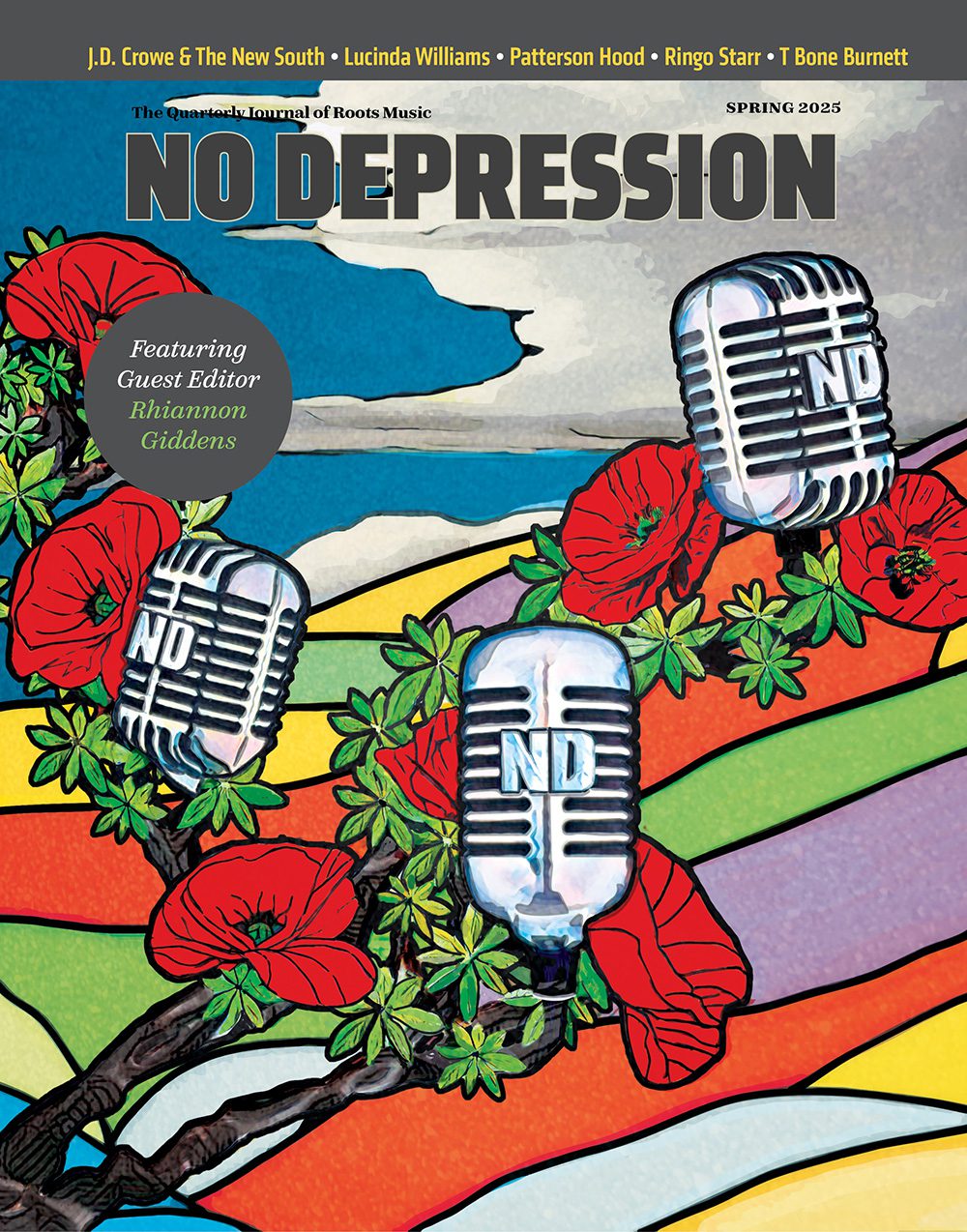Various Artists – Old Time Music Of West Virginia: Ballads, Blues, & Breakdowns Vol. 1 & 2
West Virginia was a virtual melting pot of musical styles during the 1920s, particularly in the Southern coalfields bordering Virginia and Kentucky, only a long walk from North Carolina and Tennessee. These volumes reflect the wonderful variety both of instrumentation (string bands, mountain fiddles, guitar and banjo picking) and vocal delivery (mournful blues, barroom shouts). They also cover diverse subjects, ranging from social protest (Blind Alfred Reed’s “Explosion In The Fairmont Mines”, which created a style Hazel Dickens and Billy Ed Wheeler later perfected) to medicine-show bawdiness (the Tweedy Brothers’ raucous “Home Brew Rag”).
Like its topography, West Virginia’s music was generally rougher than that of its neighbors. Frank Hutchison’s bluesy fingerpicking, for instance, obviously resembles smooth Piedmont pickers such as Blind Boy Fuller, but it has a raw, untamed, Lightnin’ Hopkins quality as well. Moreover, Hutchison’s pinched, howling vocal on “Miner’s Blues” is a revelation, the missing link between Dock Boggs and Hank Williams Sr.
West Virginia in the ’20s was also well-known for being a bit more hospitable to blacks than its Southern neighbors. This resulted in greater mingling between mountain fiddle music and slide guitar styles, which come together beautifully on Justice & Jarvis’ “Poca River Blues”.
In addition to tunes reflecting life in the coal camps and hollows, there are the wonderful Kessinger Brothers, who performed mainly in the more cosmopolitan Charleston area. Fiddler Clark Kessinger, whose playing combined mountain passion with a stately, European grace, must be heard to be believed.
Though many of these songs are of local origin, some artists put a unique spin on well-known numbers, especially the Fruit Jar Guzzlers’ rowdy “Stack-O-Lee”, Leftwich & Lilly’s mournful “Lonesome Road Blues” (the song later known as “Goin’ Down The Road Feelin’ Bad”), and the West Virginia Ramblers’ jaunty “Little Foot Prints” (which became the bluegrass standard “I Saw Her Little Footprints In The Snow”).
These cuts were culled from rare 78 recordings, and County has done an admirable job of making the recordings clear, though enough hiss and static remain to recall early vinyl. Christopher C. King’s liner notes are learned and inspired.




